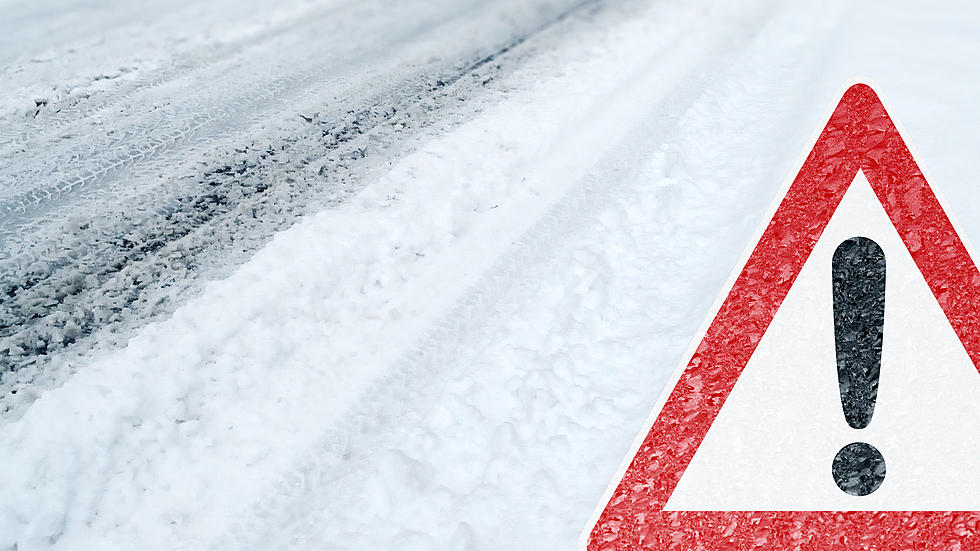
Mother Nature To Missouri: Time To Slip and Slide
As the frigid temperatures pull out of Missouri, Mother Nature throws us another curve ball that could make Monday miserable.
The National Weather Service issued a Winter Weather Advisory from 9:00 PM this evening through Noon tomorrow, January 22, 2024. According to The National Weather Service's Hazardous Weather Outlook, they predict icy conditions tonight through noon tomorrow.
Weatherology's forecast with some details from the National Weather Service for the next 36 hours is as follows:
Today we'll see a high of around 32.
Tonight - mixed precipitation late. The National Weather Service says the area will see sleet before 1:00 AM, then rain or freezing rain. Ice accumulation of .01 inch possible. .05 inches of precipitation are possible.
Monday - cloudy with a high of 36. Mixed precipitation likely turning to all rain. The National Weather Service expects freezing rain before 9:00 AM CST, rain or freezing rain between 9:00 AM - 11:00 AM CST, and then rain after 11:00 AM CST.
Monday night - scattered rain showers with a low of 33. Rain should be ending before or around midnight.
There is some good news in the National Weather Service's briefing from this morning, Sunday, January 21, 2024. That is, above-normal temperatures are expected with near-normal precipitation as we wrap up January and head into February.
I don't know about you but after the frigid temperatures of the last week or so, I'm looking forward to above normal temperatures and getting rid of the ice and snow that's on the ground.
As for tomorrow, it's looking like if you can avoid driving until after Noon, you probably should. It could be a difficult, slippery, ride during the morning hours.
LOOK: 50 cozy towns to visit this winter
Gallery Credit: Laura Ratliff
LOOK: The most expensive weather and climate disasters in recent decades
Gallery Credit: KATELYN LEBOFF




